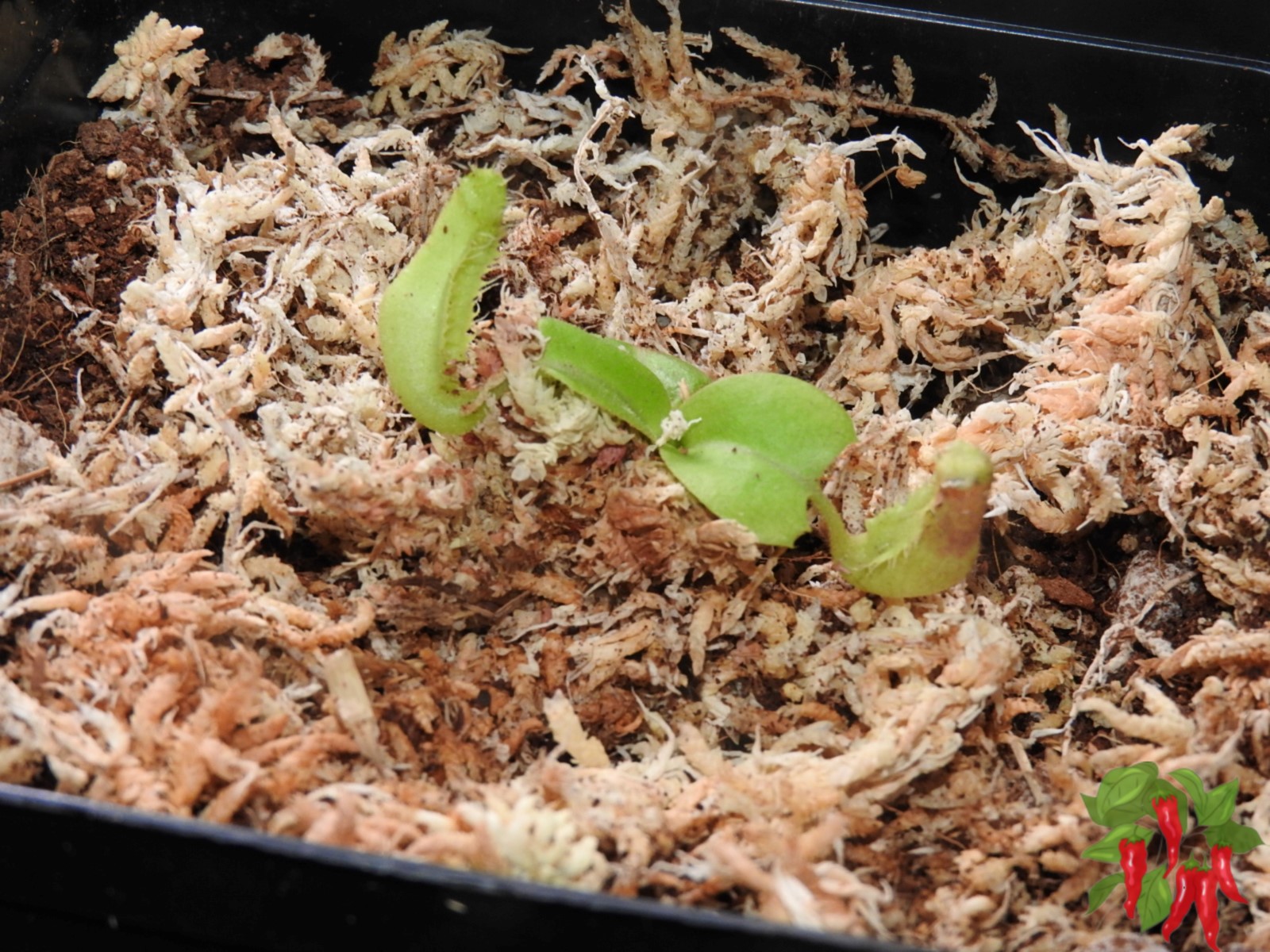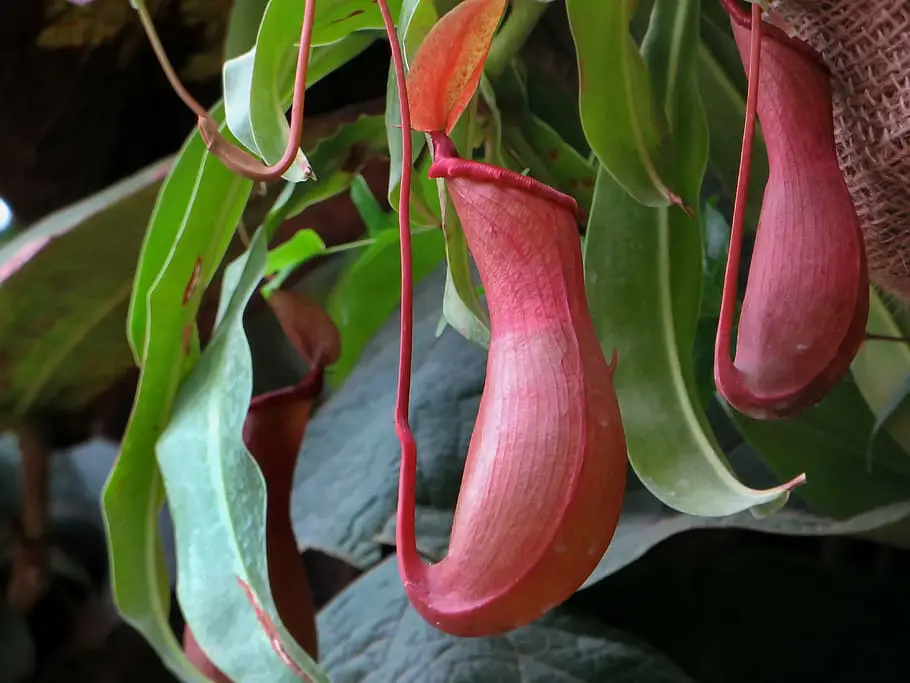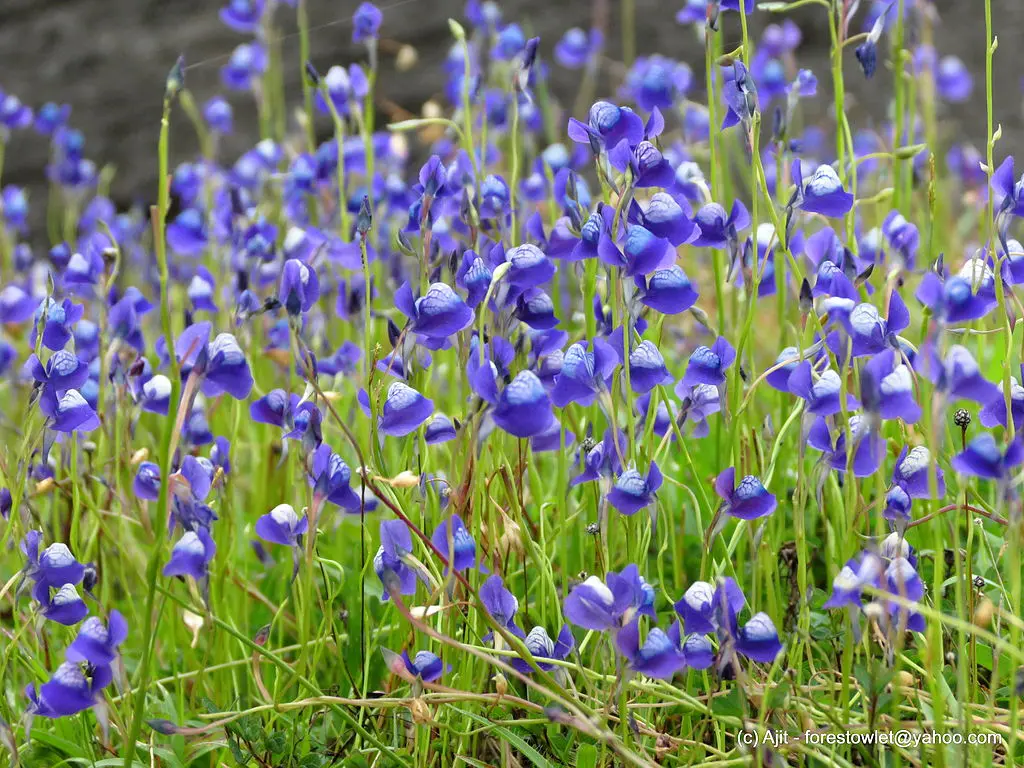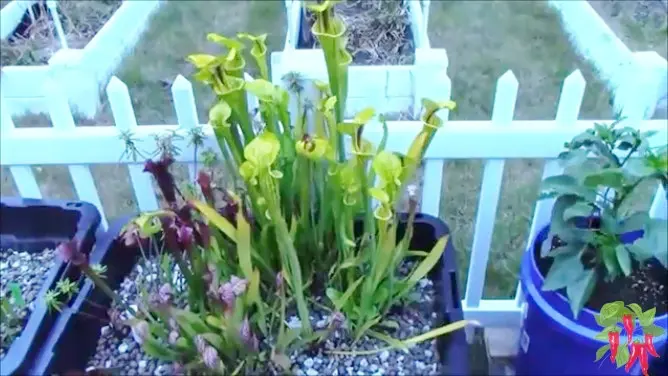This post contains affiliate links. If you buy something from one of our links we may earn a commission. Thanks
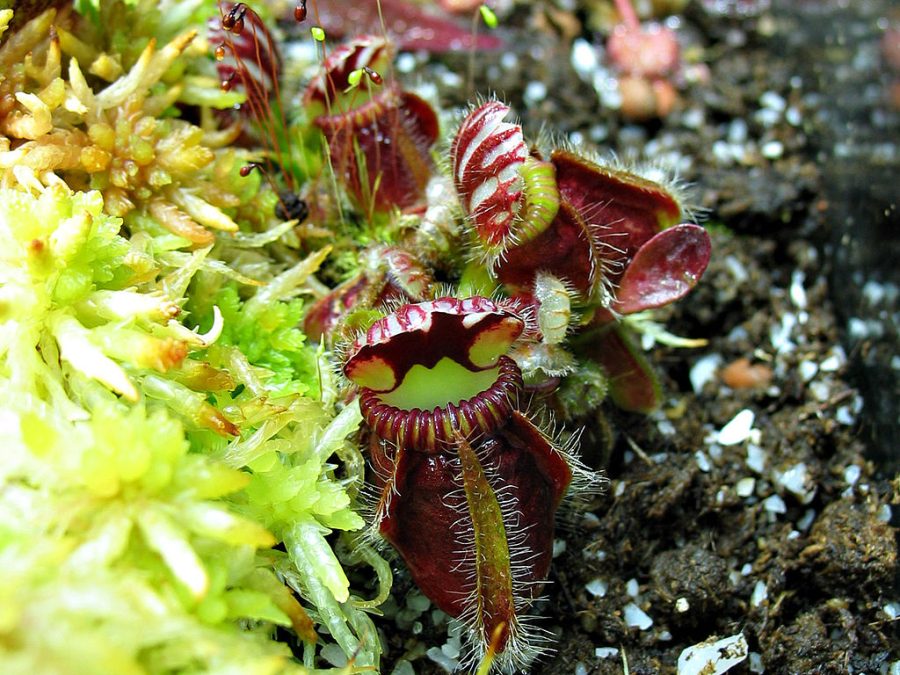
Dive into the world of Cephalotus follicularis care with our comprehensive guide. Discover tips, tricks, and secrets to make your carnivorous plant thrive!
To grow Cephalotus follicularis successfully, provide it with bright, indirect light, use a nutrient-poor acidic medium, and water with mineral-free water. Ensure moderate temperatures, mimicking its native Albany habitat, and protect it from extreme conditions.
Introduction Cephalotus Follicularis Care
Embarking on the journey of Cephalotus follicularis care? This unique carnivorous plant, with its intriguing pitcher-shaped traps, is a gem for any plant enthusiast. Let’s explore how to give it the best care and watch it flourish.
The Albany Pitcher Plant, scientifically known as Cephalotus follicularis, is a captivating carnivorous plant native to a specific region in Western Australia. Its unique pitcher-shaped traps and vibrant colors make it a sought-after addition to many plant collections. But how does one care for this exotic beauty? Let’s delve into its natural habitat and ideal care conditions.
Cephalotus is a genus which contains one species, Cephalotus follicularis the Albany pitcher plant, a small carnivorous pitcher plant. The pit-fall traps of the modified leaves have inspired the common names for this plant, which include ‘Albany pitcher plant”, “Western Australian pitcher plant”, “Australian pitcher plant”, or “fly-catcher plant.” It is an evergreen herb that is endemic to peaty swamps in the southwestern corner of Western Australia. Info from Wikipedia.
Natural Habitat and Origin
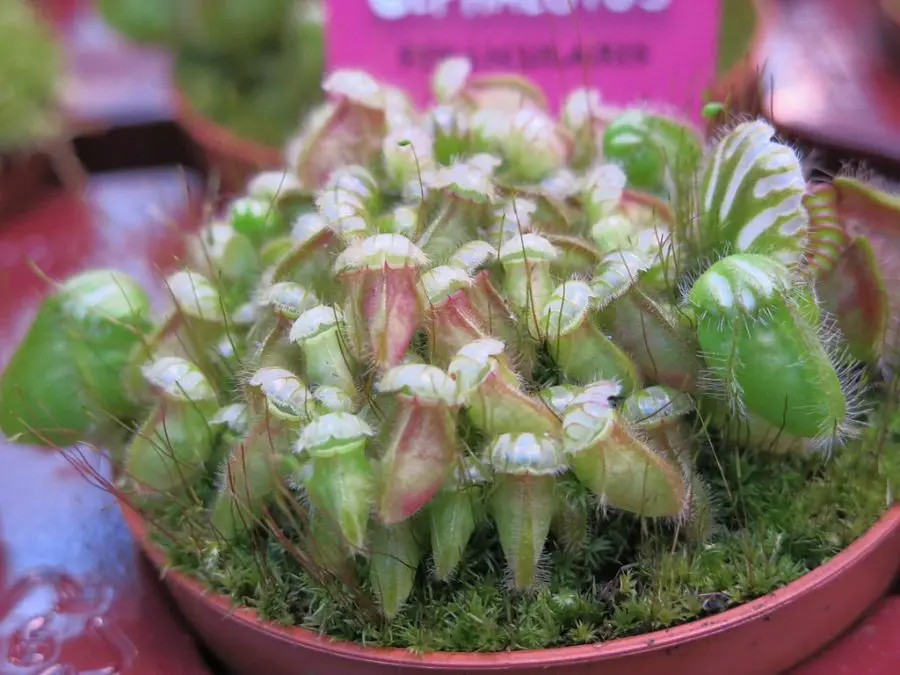
Cephalotus follicularis finds its roots in the Albany region of Western Australia.
This area boasts a Mediterranean climate, characterized by wet winters and dry summers.
Understanding its natural habitat is crucial for replicating the best care conditions at home.
Description of the Albany Region:
Nestled in the southwestern part of Australia, Albany experiences mild temperatures throughout the year.
The region’s coastal influence ensures that it doesn’t face extreme temperature fluctuations, making it an ideal home for the Albany Pitcher Plant.
Climate:
The Mediterranean climate of Albany ensures that the plant gets ample moisture during the winter months while summer remains relatively dry.
This cycle plays a pivotal role in the plant’s growth and dormancy phases.
Growing Temperatures
Contrary to popular belief, Cephalotus follicularis doesn’t require extremely high temperatures to thrive.
In fact, it prefers a more moderate range, similar to its native Albany habitat.
Misconceptions:
Many assume that, like other carnivorous plants, Cephalotus needs tropical conditions.
However, this isn’t the case. It’s essential to avoid extremely high temperatures which can stress the plant.
This plant looks a lot like the plant in Little Shop of Horrors. Although it wont eat you most pictures are not to scale.
Don’t be surprised to find it is a small plant and pitchers are generally less than an inch tall usually.
Ideal Temperature Ranges:
For optimal growth, maintain daytime temperatures between 70-80°F (21-27°C) and nighttime temperatures around 50-60°F (10-15°C).
These conditions mimic its natural habitat and promote healthy growth.
Suitable Growing Mediums
The soil composition for Cephalotus follicularis is vital for its health.
A nutrient-poor acidic medium is ideal, replicating the conditions of its native soils.
Different Ingredients:
A mix of peat and perlite or sand works well. Some growers also incorporate a bit of orchid bark or long-fibered sphagnum moss to improve aeration.
Importance of Nutrient-Poor Acidic Material:
Cephalotus, like many carnivorous plants, thrives in nutrient-deficient soils. Don’t use potting soil for your plant.
This is because they’ve evolved to extract essential nutrients from their prey, making a rich soil counterproductive.
Repotting Tips
Repotting your Cephalotus follicularis can give it a fresh start, but it’s essential to do it right to avoid causing undue stress.
When and Why to Repot:
It’s advisable to repot every 2-3 years or when the plant outgrows its container.
Fresh soil can rejuvenate the plant and promote better growth.
Avoiding Root Disturbance:
Cephalotus has delicate roots. When repotting, handle with care to minimize root disturbance.
Gently tease out the roots and ensure they spread out in the new pot.
Watering
Watering is a crucial aspect of Cephalotus follicularis care. Given its natural habitat’s Mediterranean climate, it’s accustomed to specific watering patterns.
Importance of Using Mineral-Free Water:
Just like in its native Albany region, Cephalotus benefits from mineral-free water.
Using distilled, rain, or reverse osmosis water prevents mineral buildup, which can be detrimental to the plant.
Different Watering Methods:
While some prefer the tray method, allowing the plant to sit in a shallow tray of water, others opt for top-watering.
Whichever method you choose, ensure the soil remains moist but not waterlogged.
Feeding and Fertilization
The carnivorous nature of Cephalotus follicularis means it derives nutrients from its prey. But what about fertilization?
Debate on Feeding Cephalotus:
While some growers believe in feeding their plants occasionally with insects, others rely solely on the plant’s natural trapping ability.
Remember, in the wild, they rely on photosynthesis and their prey for nutrients.
Suitable Types of Food and Fertilizers:
If you choose to feed your Cephalotus, small insects like fruit flies are ideal. For fertilization, a very dilute orchid fertilizer can be used sparingly, but it’s often not necessary.
Lighting Requirements
Light plays a pivotal role in the coloration and growth of Cephalotus follicularis.
Natural vs. Artificial Lighting:
While natural light is always preferred, Cephalotus can thrive under artificial lighting.
If you’re using grow lights, ensure they’re not too intense to prevent light burn.
Effects of Light Intensity:
Proper lighting can enhance the plant’s vibrant colors.
Inadequate light may result in elongated, pale pitchers, while intense light can bring out deep red hues in the traps.
Acclimatization
When introducing a new Cephalotus follicularis to your collection or moving it to a different environment, acclimatization is key.
Importance of Adjusting Plants:
Rapid changes can stress the plant. Gradually introducing it to new conditions ensures it remains healthy and reduces shock.
Techniques for Successful Acclimatization:
Start by placing the plant in a shaded area, gradually increasing its light exposure over a week or two.
Monitor its response and adjust accordingly.
Cultivars and Named Clones
Over the years, various Cephalotus cultivars have been developed, each with unique characteristics.
Explanation of Cultivars:
Cultivars are plants selected for specific traits and propagated to maintain those characteristics. They offer a variety of options for enthusiasts.
Popular Cephalotus Cultivars:
Some renowned cultivars include Eden Black and German Giant. Each has distinct features, from size to coloration, adding diversity to collections.
Common Pests and Diseases
Like all plants, Cephalotus follicularis can be susceptible to pests and diseases.
Identifying and Treating Scale Insects and Fungus:
Scale insects can be a nuisance. They appear as small, flat, brown spots on the plant.
Regular inspection and early intervention using insecticidal soap can help.
Fungus, often resulting from poor ventilation, can be addressed by improving airflow and reducing humidity.
Importance of Good Ventilation:
Ensuring good ventilation not only prevents fungal issues but also promotes overall plant health.
It’s a critical aspect of Cephalotus care, often overlooked.
FAQs
Got questions about Cephalotus follicularis care? You’re not alone!
This fascinating carnivorous plant often sparks curiosity and intrigue.
Dive into our frequently asked questions to find the answers you’ve been searching for and get a clearer picture of how to nurture this unique beauty.
Q: Are Cephalotus easy to care for?
A: With the right knowledge and conditions, yes! They require specific care, but once you understand their needs, they can be quite rewarding to grow.
Q: How do you take care of Cephalotus follicularis in the winter?
A: During winter, reduce watering and ensure they’re protected from frost. They can handle cooler temperatures but should not be exposed to prolonged freezing conditions.
Q: How much light do Cephalotus need?
A: They prefer bright, indirect light. Direct sunlight can cause scorching, so it’s essential to monitor and adjust as needed.
Q: Do Cephalotus like humidity?
A: While they appreciate higher humidity, they can adapt to a range of humidity levels. It’s crucial to ensure proper watering and soil moisture.
Q: How do you keep carnivorous plants happy?
A: Provide them with the right light, water, and soil conditions.
Regularly inspect for pests and ensure they have the nutrients they need, either from prey or occasional feeding.
Q: Do carnivorous plants like to be misted?
A: Misting can increase humidity around the plant, which many carnivorous plants appreciate.
However, ensure the water used is mineral-free to prevent leaf spotting.
Conclusion
Caring for Cephalotus follicularis can be a rewarding experience.
By understanding its native habitat and specific needs, you can recreate the ideal environment for it to thrive.
With patience and attention to detail, you’ll be rewarded with a stunning and unique addition to your plant collection.
The Joy of Growing Unique Plants:
One of the most gratifying aspects of diving into Cephalotus follicularis care is the sheer uniqueness of the plant.
Its distinct pitcher-shaped traps and vibrant colors make it a conversation starter, and watching it grow and thrive under your care is a testament to your gardening skills.
Continuous Learning and Adaptation:
As with all plants, the journey of caring for Cephalotus follicularis is one of continuous learning.
Conditions might change, and new challenges may arise, but with each hurdle, you gain more knowledge and expertise.
Embrace the journey, adapt as needed, and enjoy the process of nurturing this captivating plant.

